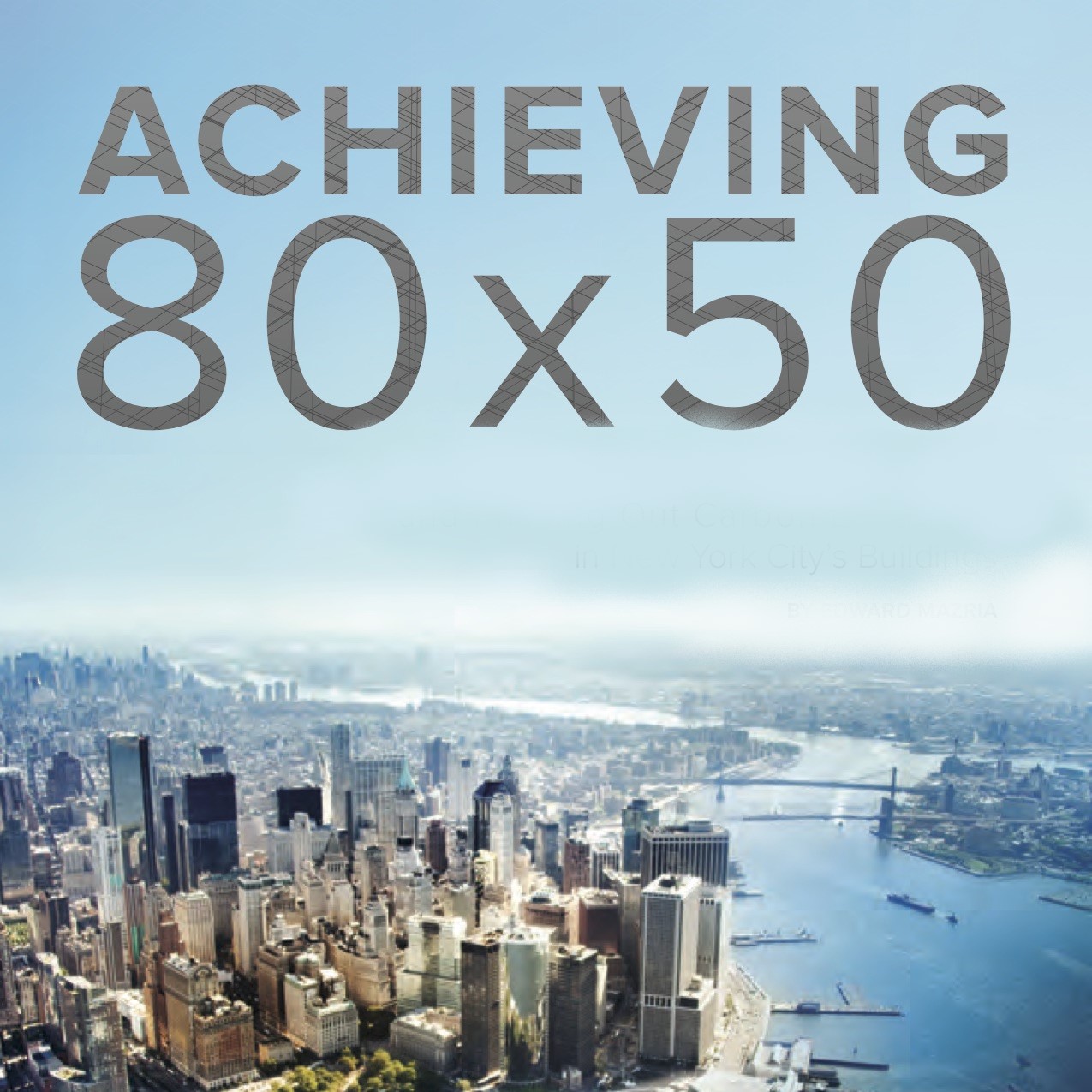
New York City has been a leader in sustainability for many years and has already passed numerous laws related to energy efficiency in existing buildings dating back to the 2009 Greener, Greater Buildings Laws. The “GGBP” included LL84 Benchmarking, LL87 Energy Audits and Retro-Commissioning and LL88 Lighting and Submetering requirements. Since these laws were passed, buildings over 50,000 square feet across the city have collectively reduced energy use by over 5% since 2010. But these laws have not moved the needle as much as the city hoped towards the ambitious 80% carbon reduction target set for 2050. So to accelerate carbon reductions in buildings, the City has decided to move beyond the prescriptive approaches of the GGBP towards absolute energy use caps for buildings.
In November 2017 the Mayor’s Office proposed a law (Intro 1745) to limit fossil fuels in buildings by 2030 based on square footage and to develop whole building targets by 2020. (See our previous blog about intro 1745 HERE). This bill proposed an overly simplified model for assigning energy use caps that the real estate and environmental industries agreed was not going to be successful, cost effective or fair for numerous reasons.
Soon after Intro 1745 was introduced, Urban Green Council convened a group of over 80 stakeholders across real estate, engineering, labor unions and environmental advocates to improve and/or replace the bill. The findings of this group have been consolidated into a formal report, the “80×50 Blueprint for Efficiency” that was published today.
The report outlines 21 recommendations on how Intro 1745 should be revised to be more effective, fair and equitable for building owners across the city while still targeting ambitious climate goals. There is more work to be done to fill in the details of how this legislation will mandate efficiency, but this is a thorough report that outlines the major areas that need to be addressed. CodeGreen is proud to have been involved with the development of these recommendations and we look forward to collaborating with the NYC real estate industry and the NYC government to push successful legislation forward.
Highlights of the report include:
– Requiring each building sector to save 20 percent in source energy use from 2020 to 2030
– Creating a metric based on Energy Star calibrated to NYC building data
– Regulating all energy sources together, with smaller reductions required of more efficient buildings
– Including flexible compliance pathways, such as green power purchase and efficiency credit trading
– Dramatically expanding support and financing options to help owners comply, with particular focus on sectors that need more help
See the full report HERE


